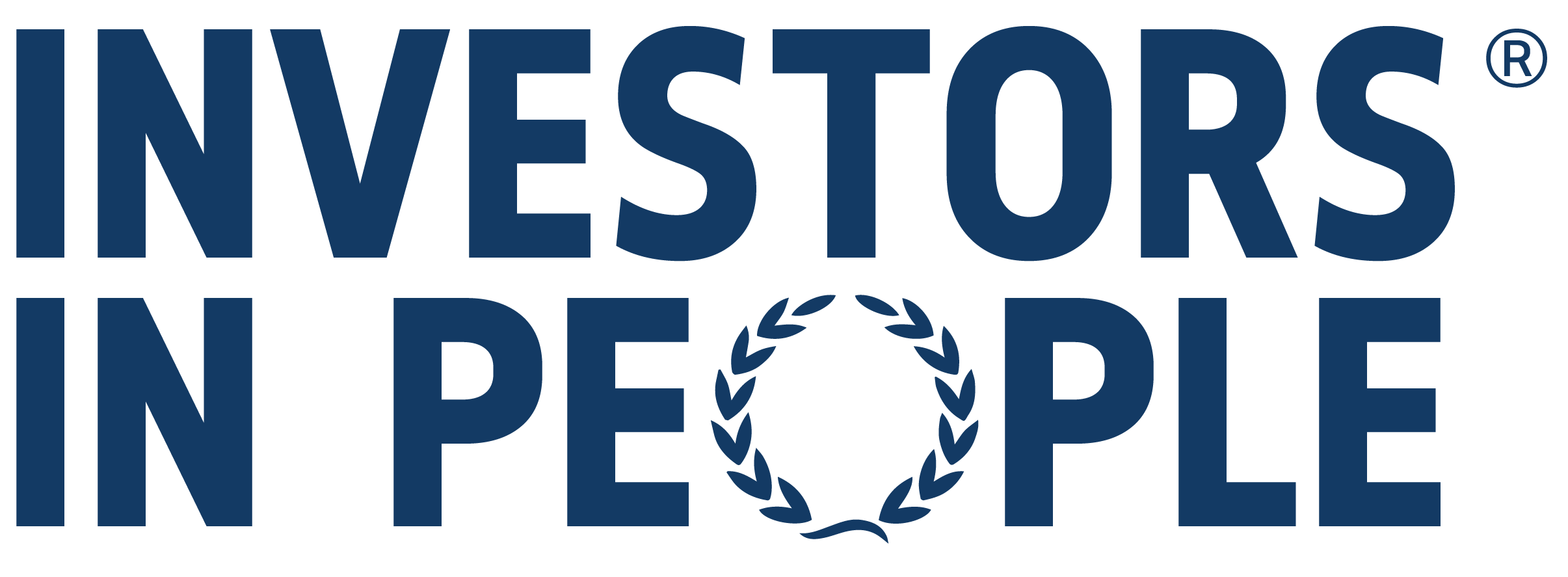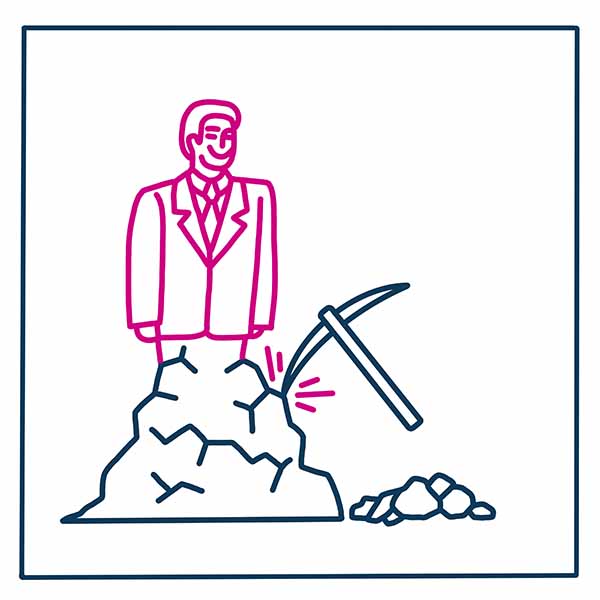Continuous improvement is a mindset whereby organisations strive to always be looking for better ways to do things. The evolution of products, services, workflows and other aspects of the organisation so they become more optimal and efficient over time. It fosters a healthier culture in your workplace and helps to retain talent.
The mindset helps remove waste or inefficiencies from intangible processes like collaboration in order to create a better end product in a more efficient way. Read more to learn about the four great options for you.
What is continuous improvement?
Continuous improvement is a mindset whereby organisations strive to always be looking for better ways to do things – this search for better ways of doing things leads to the evolution of products, services, workflows and other aspects of the organisation so they become more optimal and efficient over time.
Historically the concept has been applied to manufacturing with the ultimate end goal being the elimination of waste (be that time, raw materials, labour) from the manufacturing process so that the end product could be shipped quicker, faster and cheaper.
Nowadays, continuous improvement has been extended to knowledge-based environments to remove waste or inefficiencies from intangible processes like collaboration in order to create a better end product in a more efficient way. Read more to learn about the four great options for you.
Four continuous improvement models
In this list we four models for continuous improvement, two with their history and basis in manufacturing, and two that are more recent developments.
Six Sigma
The aim of Six Sigma is to minimise faults, defe cts and any variation from the established process so as to increase the overall quality of outputs. The term denotes the ratio of faulty products expected per million units, which is 3.4, or to put it another way, a 99.99966% success rate.
Six Sigma uses one of two methodologies depending on whether it’s being implemented to improve an existing business process (DMAIC) or create a new one (DFSS). Within these methodologies, a range of quality management tools and workflows are used, including the Five Whys, axiomatic design and cost-benefit analysis.
One of the well-known features of Six Sigma is the various roles needed within the organisation, including Master Black Belts, who work full-time within a Six Sigma programme as in-house coaches, and Champions, who take overall responsibility for the implementation of Six Sigma.
Kaizen
A Japanese word meaning ‘improvement,’ Kaizen’s ultimate goal is waste elimination. Its origins are in post-WWII Japanese businesses but it now used worldwide.
It is an inclusive model of continuous improvement in that opportunities for improvement are expected to be identified by everyone from the CEO downwards – this is unsurprising considering its ubiquity in manufacturing, where front-line workers are often best able to spot inefficiencies in the production cycle.
But what this also means is that there’s a distinctive cultural element to Kaizen and the implementation of processes and procedures must work alongside cultural re-alignment to the continuous improvement mindset in order to drive employee suggestions.
When Kaizen is used for continuous improvement there are two distinct elements: flow kaizen and process kaizen. The former deals with how information, products and services flow throughout the organisation, while the latter focuses on small changes individuals can make quickly to improve efficiency.
Kaizen has many principles and makes use of underlying processes that include root cause analysis and PDCA.
“Fail fast, fail forward”
This is about relentlessly moving towards better solutions by making and learning from mistakes quickly, comfortable that as long as you are going in the right direction failures are simply steps on the path to success.
It’s important to understand what it means: it’s not about failing with the big overarching ideas or driving force behind your business, but about tinkering with the small things as you move towards optimal solutions.
The phrase has achieved some controversy in recent years, but it’s more the semantics that have come in for criticism rather than the idea.
Rob Shelton, global innovation chief at PwC, said that the idea is better represented by a ‘Darwinian engine’ beating at the organisation’s heart, driving forward repeated testing and dropping of ideas that don’t work.
He takes issue with the word ‘fail,’ which has negative connotations, and instead likens the principle to the scientific process: developing a hypothesis, testing, re-hypothesizing and refining.
Ultimately this phrase is underpinned by a belief that fearless exploration of new ideas in the right no-blame culture yields innovative results. It’s not about chasing failure but learning experientially.
Perpetual beta
Perpetual beta represents a mindset and strategy based on the continuous improvement principle that a product, service or solution can never be perfect or completed.
It has its origins in software development where the preferred method for delivering software to people has evolved from waiting until it’s as good as possible before shipping it out to customers to shipping a product that is as viable as it needs to be and then, on receipt of constructive feedback, improving it continuously to keep up with the evolving demands of customers.
Nowadays the term is used to describe any organisation with a product or service that operates with a strong feedback loop between customer and organisation, where improvements are made and rolled out quickly, and where the improve/test/review cycle guides how improvements are made.







